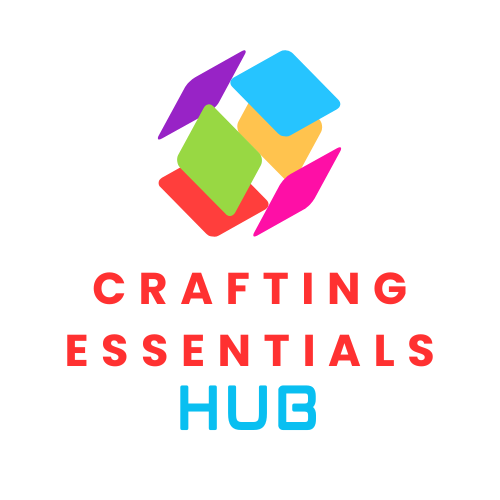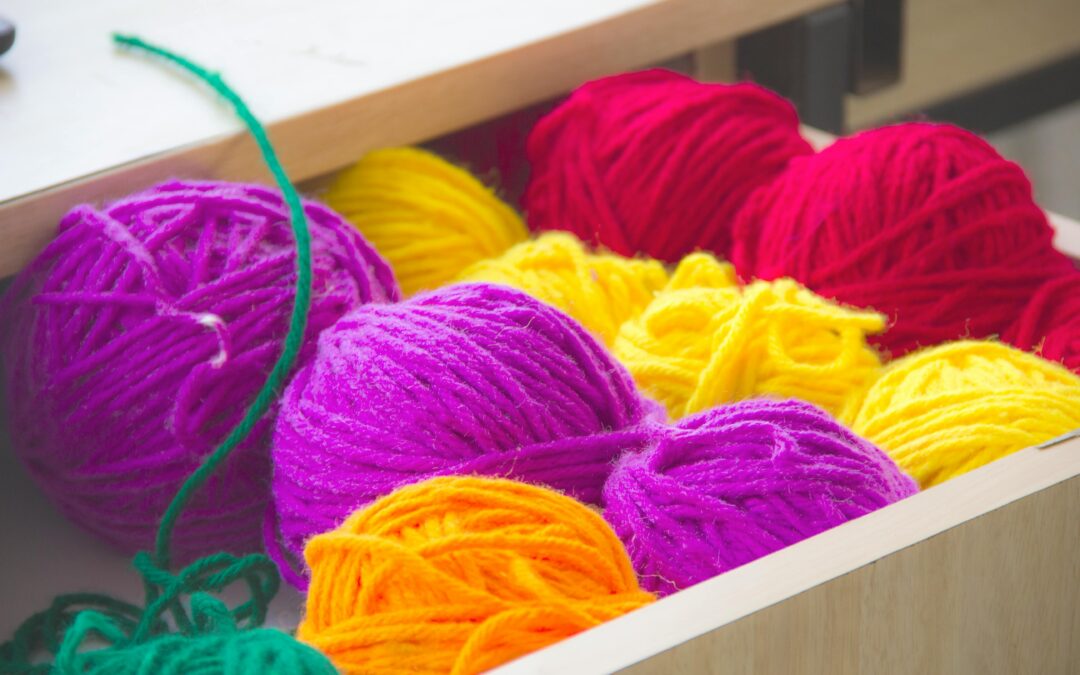Introduction
Fabric & yarn projects are some of the most versatile and rewarding crafts you can try at home. Whether you want to create cozy blankets, stylish tote bags, or fun kids crafts, understanding the basics of materials, tools, and techniques is essential. In this guide, we’ll walk you through everything beginners need to know—from selecting the right fabric & yarn to organizing your supplies—so you can start crafting with confidence and creativity.
Choosing the Right Fabric for Your Projects
Selecting the appropriate fabric is the foundation of successful crafting projects. Different fabrics serve different purposes:
-
Cotton: Lightweight, easy to sew, and perfect for quilting, scrapbooking & paper crafts, or simple DIY home decor projects.
-
Felt: Ideal for kids crafts, jewelry & accessories making, and seasonal decorations because it doesn’t fray.
-
Linen & Canvas: Durable fabrics suited for tote bags, home decor projects, and specialty crafts that need structure.
-
Eco-Friendly Options: Organic cotton and recycled fabrics are sustainable choices that feel good and craft responsibly.
Tip: When starting a new project, test a small fabric swatch first to see how it behaves with your chosen crafting tools & supplies.
Yarn Basics for Beginners
Yarn can be both fun and intimidating for beginners, but understanding key terms helps simplify the process:
-
Weight: From fine to bulky, yarn weight affects how projects look and feel. Beginners often start with medium-weight yarn for scarves, blankets, or simple home decor.
-
Texture: Smooth yarns are easier to work with, while specialty or textured yarns can add flair once you’re more experienced.
-
Color: Choose colors that complement each other for multi-color projects or stick with a single color for a minimalist look.
-
Tips: Use stitch markers, a soft-handled crochet hook or knitting needles, and a yarn organizer to keep everything tidy.
Example: A chunky knit throw can brighten a living room and make a weekend project feel luxurious.Must-Have Tools & Crafting Essentials
To work efficiently, beginners should gather a few key crafting essentials:
-
Scissors & Rotary Cutters: Sharp blades for precise cuts in both fabric & yarn.
-
Measuring Tools & Rulers: Ensure accurate sizing for quilts, bags, or decorative projects.
-
Storage Solutions: Clear bins, labeled drawers, or a yarn caddy keep materials organized and easy to access.
-
Markers & Pins: Perfect for marking patterns, pinning fabric, or labeling materials for kids crafts.
Pro Tip: Keep all tools in a designated crafting station to avoid misplacing small items.
Easy Projects for Beginners
Starting with simple projects builds confidence and creativity:
-
Kids Crafts: Felt animals, yarn pom-poms, or simple sewing projects teach basic skills while keeping kids engaged.
-
DIY Home Decor: Pillows, wall hangings, or hand-sewn tote bags are practical and stylish.
-
Scrapbooking & Paper Crafts Add-On: Use fabric or yarn accents to personalize scrapbooks, journals, or greeting cards.
Trend Insight: In 2025, crafters are combining multiple disciplines—like integrating yarn into scrapbooking or creating mixed-media home decor—to keep projects fresh and engaging.
Organizing & Storing Your Supplies
Organization is key to maintaining a creative flow:
-
Containers & Bins: Store fabric by type and yarn by color or weight.
-
Drawer Dividers & Labels: Keep small tools, beads, or sewing notions sorted.
-
Workspace Setup: Dedicate a corner for your crafting essentials to make projects more efficient and enjoyable.
Extra Tip: Seasonal & holiday crafts should have a separate bin so you can rotate projects without cluttering your main crafting space.
Conclusion
Fabric & yarn projects open endless creative possibilities, whether you’re crafting for fun, gifts, or home decor. By selecting the right materials, gathering essential tools, and staying organized, beginners can dive into crafting with confidence. Experiment with kids crafts, DIY home decor, and even scrapbooking & paper crafts to discover what inspires you most.

